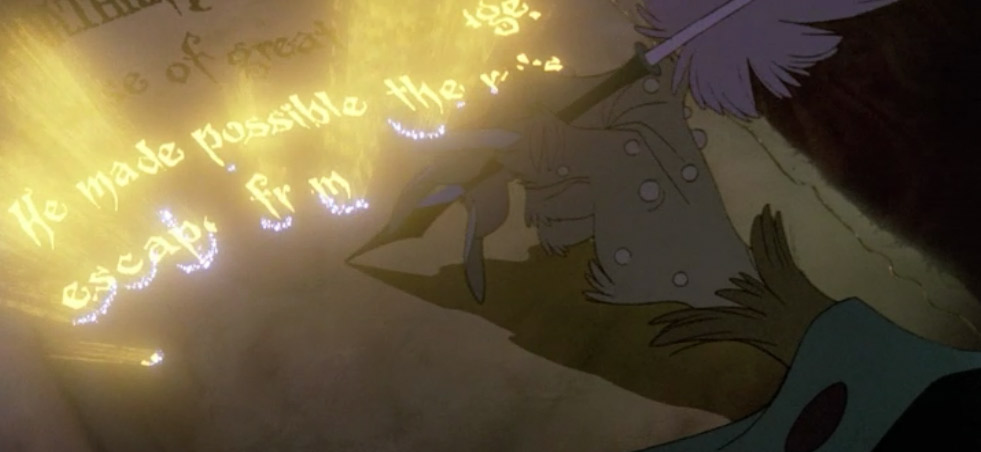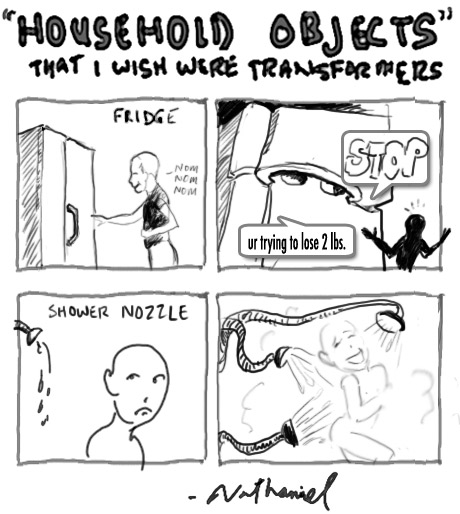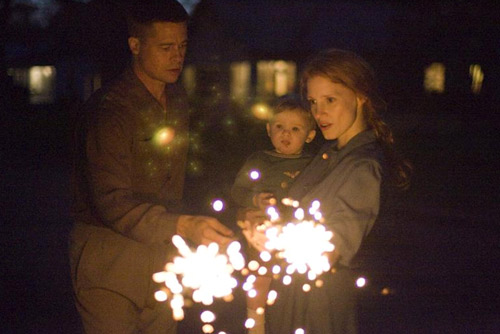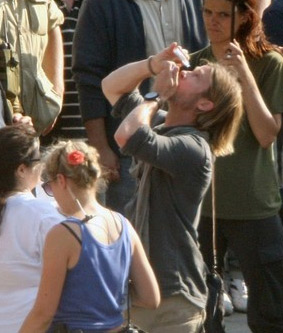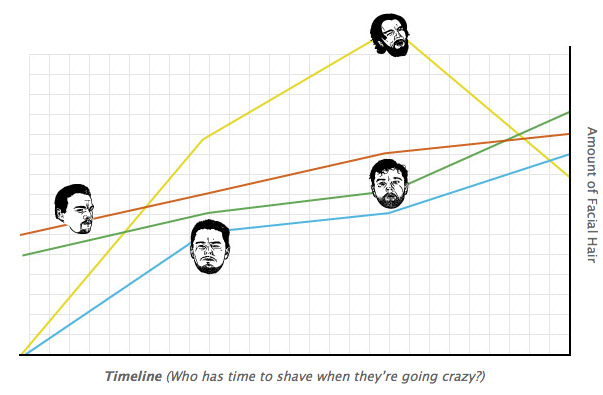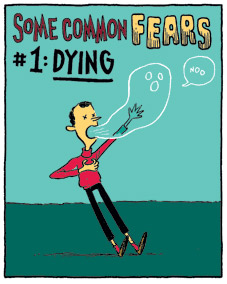Actress "Characters" Wins: Miranda, Clarice, Clementine
 Tuesday, July 5, 2011 at 12:02PM
Tuesday, July 5, 2011 at 12:02PM Talking Points!
 Last month I asked you to vote on the most memorable characters within the ranks of the Best Actress nominees. It wasn't about who gave the best performances but which characters have stuck with you the most. Here are the results -- I assumed you'd like to see.
Last month I asked you to vote on the most memorable characters within the ranks of the Best Actress nominees. It wasn't about who gave the best performances but which characters have stuck with you the most. Here are the results -- I assumed you'd like to see.
1991-1996
- *CLARICE STARLING (Jodie Foster) from Silence of the Lambs
- THELMA (Geena Davis) from Thelma & Louise
- LOUISE (Susan Sarandon) from Thelma & Louise
- *ADA MCGRATH (Holly Hunter) from The Piano
- FRANCESCA JOHNSON (Meryl Streep) from The Bridges of Madison County
runners up (in descending order): (four way tie for sixth place!!!) SERA Leaving Las Vegas, TINA TURNER What's Love Got to Do With It, ELINOR DASHWOOD Sense & Sensibility and *SISTER HELEN PREJEAN Dead Man Walking and... coming in tenth *MARGARET SCHLEGEL Howards End
observations: Clarice Starling had the widest margin of victory in any of the polls, a classic character indeed. I was a bit surprised to see Thelma just edge out Louise for #2 given that Sarandon was the "leader" but perhaps people still get the characters mixed up? Thelma, Louise and Ada were pretty evenly matched with Francesca just barely edging out that cluster of women competing for the the 5-Spot. I'm surprised that Margaret Schlegel was as low as she was (I would've voted for her myself) but I have noticed that today's film culture has greatly devalued the Merchant/Ivory filmography. A true shame because nobody does Brit lit adaptations like that historic team. weakest showing: Rose (Laura Dern) from Rambling Rose, Viv (Miranda Richardson) from Tom & Viv barely made a blip with 1% of the vote each. The surprise there is Rambling Rose since Dern's Oscar breakthrough was quite a memorable girl. But it's true that you never hear people talk about that film these days.
weakest showing: Rose (Laura Dern) from Rambling Rose, Viv (Miranda Richardson) from Tom & Viv barely made a blip with 1% of the vote each. The surprise there is Rambling Rose since Dern's Oscar breakthrough was quite a memorable girl. But it's true that you never hear people talk about that film these days.
 Best Actress,
Best Actress,  Oscars (00s),
Oscars (00s),  Oscars (90s),
Oscars (90s),  polls
polls 


